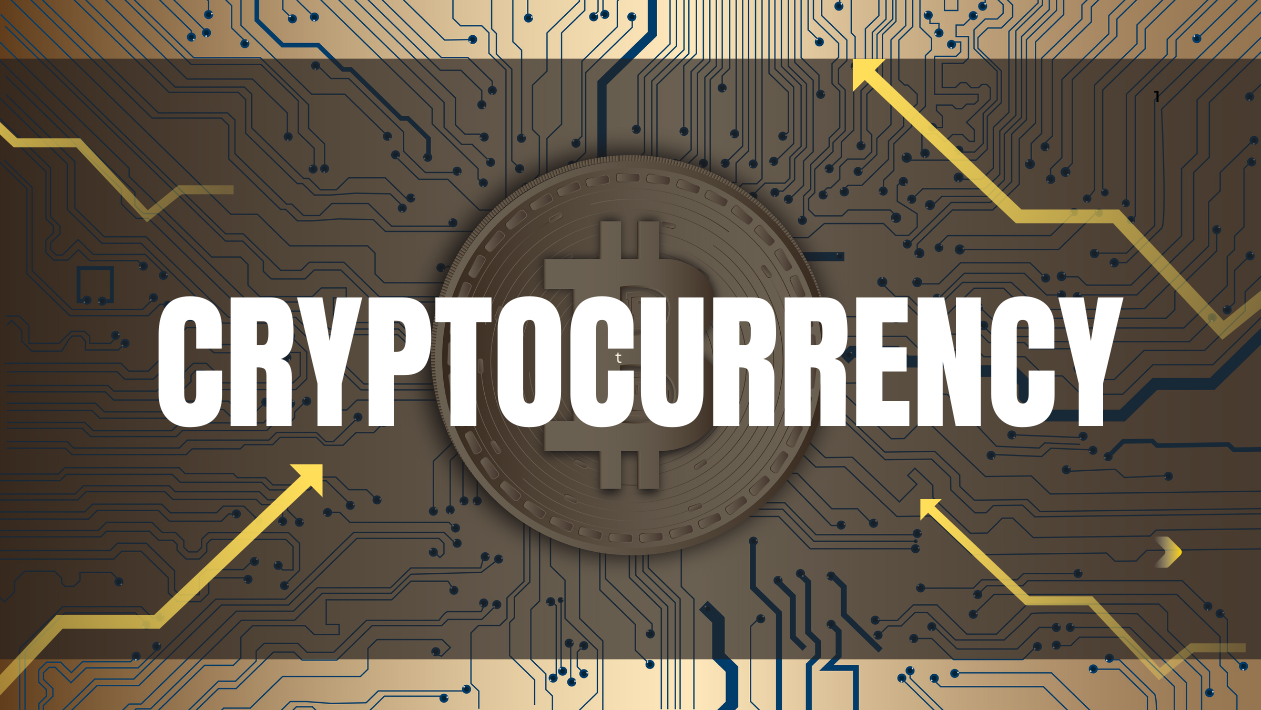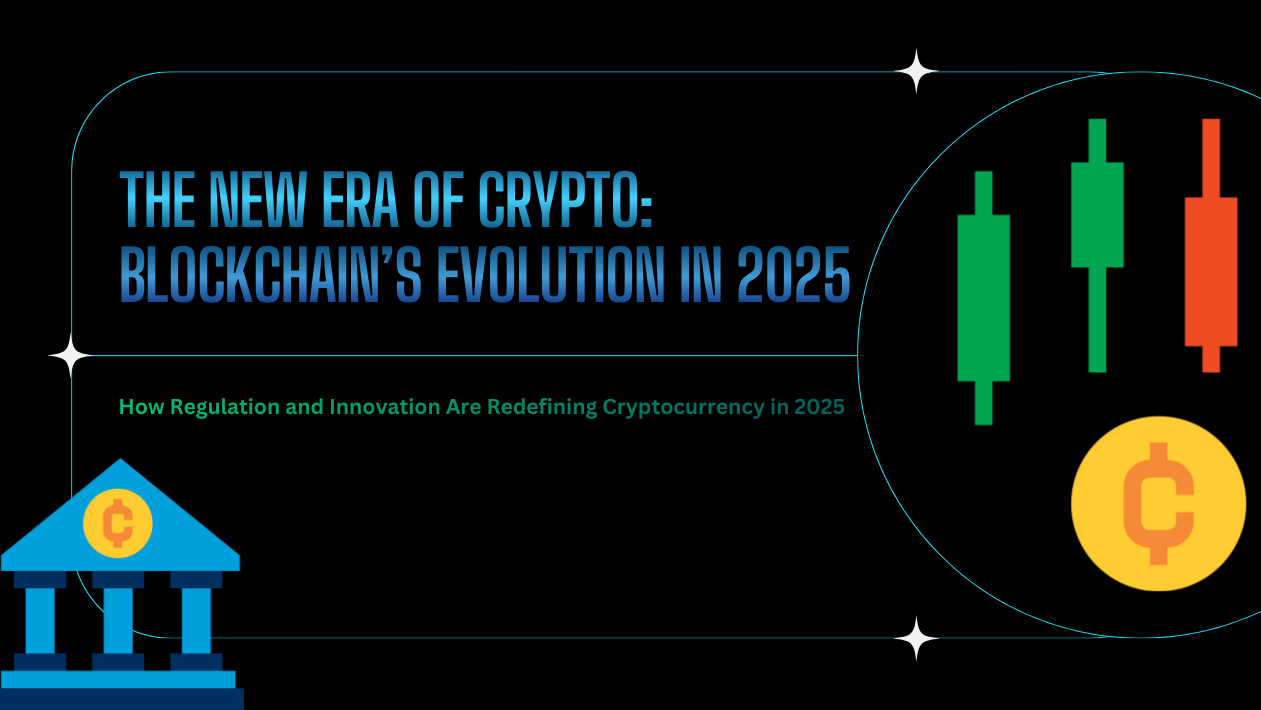The blockchain and cryptocurrency ecosystem has entered a decisive new phase in 2025, evolving from speculative hype to regulated infrastructure and mainstream finance. Governments, financial institutions, and global brands are now treating blockchain not as an experiment, but as a core technology for payments, identity, and asset tokenization.
Global Regulation Brings Clarity and Confidence
This year has seen unprecedented regulatory alignment.
- The EU’s MiCA framework is fully operational, providing uniform licensing and consumer protections across Europe.
- The U.S. Securities and Exchange Commission approved spot Bitcoin and Ethereum ETFs, drawing record institutional inflows.
- Asia-Pacific nations—including Japan, Singapore, and India—have adopted coordinated standards for stablecoins and decentralized finance (DeFi).
Clearer rules are attracting pension funds, insurers, and major asset managers into the crypto market at a scale unseen before.
Tokenization of Real-World Assets Surges
A standout 2025 trend is the tokenization of real-world assets (RWA).
BlackRock, JPMorgan, and leading blockchain networks like Polygon and Avalanche now enable fractional ownership of real estate, bonds, carbon credits, and fine art—unlocking trillions in previously illiquid value. Analysts project the RWA tokenization market could exceed $12 trillion by 2030.
Stablecoins and CBDCs Redefine Payments
Stablecoins such as USDC, EUROC, and government-backed central bank digital currencies (CBDCs) are powering instant, low-cost cross-border transactions. Retail pilots in the UK, India, and Brazil are showing how CBDCs can coexist with private stablecoins to modernize national payment systems.
DeFi Evolves Into “DeFi 2.0”
The decentralized finance sector is maturing with institutional-grade security, audited smart contracts, and compliance-friendly protocols. Hybrid “CeDeFi” platforms combine the transparency of blockchain with the safeguards of traditional finance, allowing banks to offer on-chain lending and liquidity services.
Beyond Finance: New Blockchain Applications
Blockchain is now firmly embedded in:
- Supply Chain & Logistics – ensuring product provenance and sustainability tracking.
- Healthcare – securing patient data and enabling interoperable records.
- Digital Identity – decentralized IDs give users control of personal data.
- Gaming & Metaverse – NFTs and interoperable tokens support true digital ownership.
Market Outlook: From Speculation to Utility
While Bitcoin remains a benchmark, the industry’s focus has shifted from volatile trading to long-term utility and interoperability. Cross-chain protocols and Layer 2 solutions like zkSync and Optimism are improving speed and lowering costs, laying the groundwork for mainstream enterprise adoption.
Bottom Line:
In 2025, blockchain and cryptocurrency are no longer fringe innovations—they’re becoming the backbone of global digital infrastructure, enabling faster payments, verifiable data, and inclusive finance. With regulation, institutional capital, and real-world utility converging, the sector is poised for sustainable growth well into the next decade.The blockchain and cryptocurrency ecosystem has entered a decisive new phase in 2025, evolving from speculative hype to regulated infrastructure and mainstream finance. Governments, financial institutions, and global brands are now treating blockchain not as an experiment, but as a core technology for payments, identity, and asset tokenization.
Global Regulation Brings Clarity and Confidence
This year has seen unprecedented regulatory alignment.
- The EU’s MiCA framework is fully operational, providing uniform licensing and consumer protections across Europe.
- The U.S. Securities and Exchange Commission approved spot Bitcoin and Ethereum ETFs, drawing record institutional inflows.
- Asia-Pacific nations—including Japan, Singapore, and India—have adopted coordinated standards for stablecoins and decentralized finance (DeFi).
Clearer rules are attracting pension funds, insurers, and major asset managers into the crypto market at a scale unseen before.
Tokenization of Real-World Assets Surges
A standout 2025 trend is the tokenization of real-world assets (RWA).
BlackRock, JPMorgan, and leading blockchain networks like Polygon and Avalanche now enable fractional ownership of real estate, bonds, carbon credits, and fine art—unlocking trillions in previously illiquid value. Analysts project the RWA tokenization market could exceed $12 trillion by 2030.
Stablecoins and CBDCs Redefine Payments
Stablecoins such as USDC, EUROC, and government-backed central bank digital currencies (CBDCs) are powering instant, low-cost cross-border transactions. Retail pilots in the UK, India, and Brazil are showing how CBDCs can coexist with private stablecoins to modernize national payment systems.
DeFi Evolves Into “DeFi 2.0”
The decentralized finance sector is maturing with institutional-grade security, audited smart contracts, and compliance-friendly protocols. Hybrid “CeDeFi” platforms combine the transparency of blockchain with the safeguards of traditional finance, allowing banks to offer on-chain lending and liquidity services.
Beyond Finance: New Blockchain Applications
Blockchain is now firmly embedded in:
- Supply Chain & Logistics – ensuring product provenance and sustainability tracking.
- Healthcare – securing patient data and enabling interoperable records.
- Digital Identity – decentralized IDs give users control of personal data.
- Gaming & Metaverse – NFTs and interoperable tokens support true digital ownership.
Market Outlook: From Speculation to Utility
While Bitcoin remains a benchmark, the industry’s focus has shifted from volatile trading to long-term utility and interoperability. Cross-chain protocols and Layer 2 solutions like zkSync and Optimism are improving speed and lowering costs, laying the groundwork for mainstream enterprise adoption.
Bottom Line:
In 2025, blockchain and cryptocurrency are no longer fringe innovations—they’re becoming the backbone of global digital infrastructure, enabling faster payments, verifiable data, and inclusive finance. With regulation, institutional capital, and real-world utility converging, the sector is poised for sustainable growth well into the next decade.





